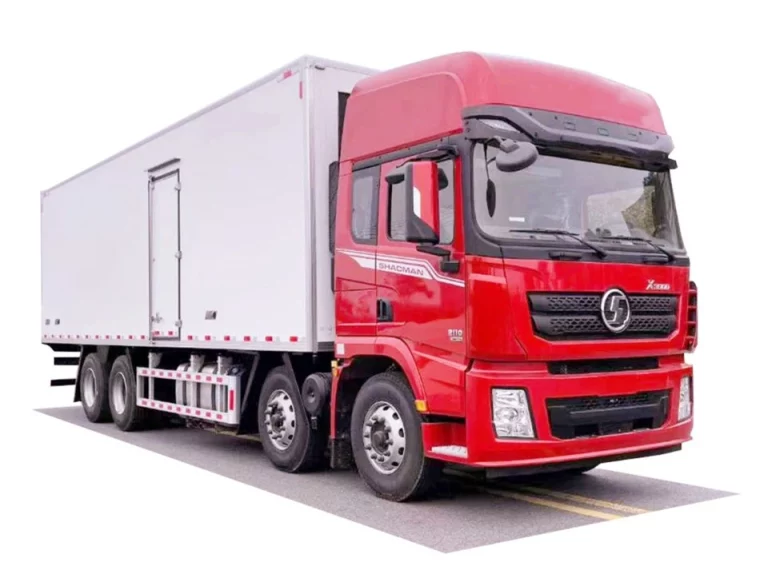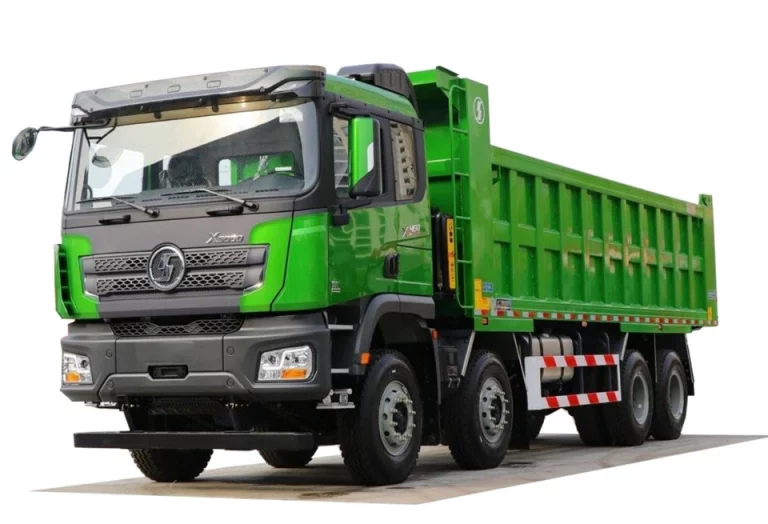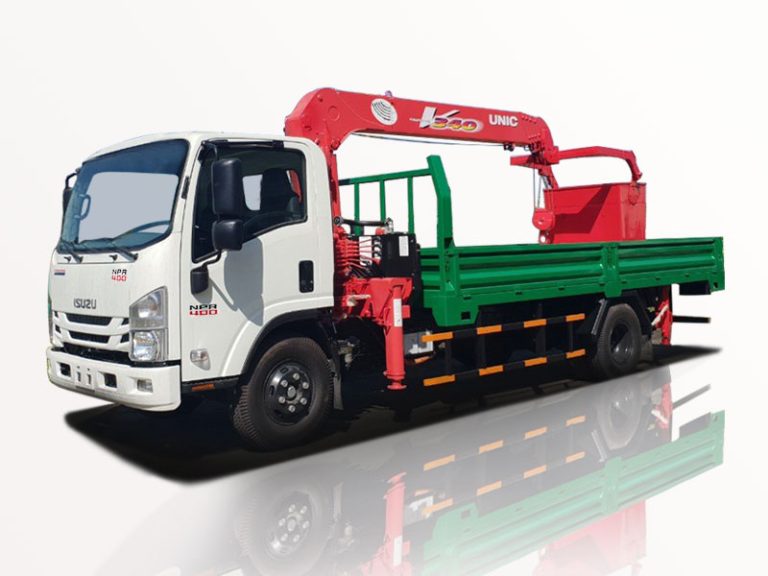Retarders are essential components of heavy-duty trucks, playing a crucial role in maintaining vehicle control, especially during descents. This article delves deep into the functionality, types, advantages, and maintenance of truck retarders. We aim to provide an exhaustive understanding for truck drivers, fleet operators, and anyone interested in heavy vehicles.
What is a Retarder?
A retarder is a device used in trucks and other heavy vehicles to slow down the vehicle without relying solely on the brake system. The primary purpose of a retarder is to assist the driver in maintaining control and safety, particularly during long downhill journeys.
How Retarders Work
Retarders operate by converting the vehicle’s kinetic energy into heat, which is then dissipated. This process reduces speed and helps prevent brake overheating, which can lead to brake failure. There are several types of retarders, each with unique operating principles.
Types of Retarders
1. Engine Brakes
Engine brakes, often referred to as Jake brakes, utilize the engine’s compression cycle to slow the vehicle down. By opening exhaust valves during the compression stroke, the engine essentially works against the engine’s rotation, creating a braking effect.
Advantages of Engine Brakes
- Highly effective in reducing speeds on downhill grades.
- Minimizes brake wear and extends brake life.
- Simple, mechanical design with minimal maintenance.
2. Exhaust Brakes
Exhaust brakes provide slowing power by restricting the exhaust flow, creating back pressure in the engine. This process helps in decelerating the vehicle while reducing wear on the brake components.
Advantages of Exhaust Brakes
- Lower operating costs due to reduced brake wear.
- Enhanced control during descents.
- Compatibility with various engine types.
3. Hydraulic Retarders
These use hydraulic fluid to create resistance. Hydraulic retarders are more complex but offer significant benefits in terms of consistent braking power.
Advantages of Hydraulic Retarders
- Provide smooth and consistent braking performance.
- Effective at high speeds and loads.
- Less susceptible to performance degradation in hot conditions.
4. Electric Retarders
Electric retarders use electromagnetic forces to generate braking power. These systems are less common but are emerging due to technological advancements.
Advantages of Electric Retarders
- Minimal wear on traditional braking systems.
- Efficient under various loading capacities.
- Environmentally friendly due to the reduced need for brake components.
Benefits of Using a Retarder in Trucks
Incorporating a retarder into truck operations offers several benefits:
1. Improved Safety
Retarders enhance safety by providing additional braking power, especially during downhill driving. This reduces the risk of brake fade, a hazardous condition that can occur due to overheating.
2. Reduced Brake Wear
By assisting the braking system, retarders can significantly decrease wear on brake components. This translates to lower maintenance costs and prolonged lifespan for brakes.
3. Enhanced Control
Retarders allow drivers to maintain better control of the vehicle during challenging driving conditions, such as steep descents or heavy loads.
4. Economic Benefits
Lower maintenance costs, reduced downtime, and enhanced fuel efficiency due to less brake wear can lead to significant economic savings for fleet operators.
Choosing the Right Retarder
Selecting the appropriate retarder for a truck involves understanding the vehicle’s intended use, load capacity, and typical driving conditions.
1. Assessing Vehicle Requirements
Analyzing the vehicle’s weight, typical cargo loads, and terrain can help determine the most suitable retarder. For example, trucks frequently navigating steep mountain passes might benefit more from hydraulic or exhaust brakes.
2. Compatibility with Current Systems
It’s essential to choose a retarder compatible with the existing braking system. Consult your vehicle’s manufacturer or a professional mechanic for advice on compatibility.
Installation and Maintenance of Retarders
1. Professional Installation
Due to the complexities involved in installing retarders, it is highly recommended that truck owners seek professional help. Proper installation can prevent issues that arise from incorrect fittings.
2. Regular Inspections
Maintenance should include regular inspections to check for wear on components and fluid leaks. Keeping the hydraulic system in check is crucial for hydraulic retarders, while exhaust brakes should be inspected for blockages.
3. Cleaning and Servicing
Keep retarder systems clean to ensure optimal performance. Over time, debris can accumulate, leading to system inefficiency.
Practical Examples of Retarder Usage in Trucks
1. Long-Distance Hauls
For trucks involved in long-distance hauls across mountainous regions, using retarders can significantly improve safety and efficiency by managing vehicle speed effectively on descents.
2. Heavy Load Transport
When transporting heavy loads, the additional braking power provided by retarders can be invaluable. For instance, a flatbed truck carrying construction materials can benefit from an exhaust brake to manage speed when traveling downhill.
3. Emergency Situations
In emergency scenarios, such as avoiding collisions or maneuvering around unexpected obstacles, the enhanced braking force of a retarder can provide crucial stopping power, allowing truck drivers to respond effectively.
Frequently Asked Questions (FAQ)
1. What is the main advantage of using a retarder in trucks?
The primary advantage of using a retarder is enhanced control and safety during deceleration, especially on steep grades, while also reducing wear on the traditional brake system.
2. How does an engine brake differ from an exhaust brake?
An engine brake utilizes the engine’s compression cycle to decelerate the vehicle, while an exhaust brake creates back pressure in the exhaust system to achieve similar results.
3. Are retarders expensive to maintain?
Retarders generally reduce braking system wear, leading to lower maintenance costs overall. However, specific upkeep, such as fluid checks for hydraulic systems, is necessary.
4. Can I install a retarder myself?
It is advisable to have retarders professionally installed due to their complex integration into the braking system.
5. Do all trucks come with retarders?
No, not all trucks are equipped with retarders. Many newer models may have this as an option, but older models might not include them as standard equipment.
6. What should I do if I notice my retarder is not functioning properly?
Immediately consult a professional to inspect and repair the retarder system. Do not operate a truck with known issues to avoid dangerous situations.
Conclusion
Retarders are vital for improving safety, control, and efficiency in truck operations. Understanding their types, benefits, and maintenance requirements can help truck drivers and fleet operators make informed decisions about their use and ensure optimal performance on the road.



